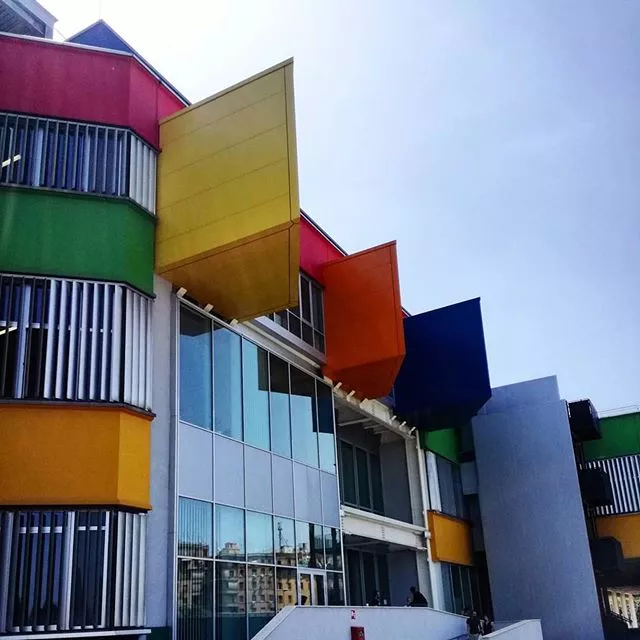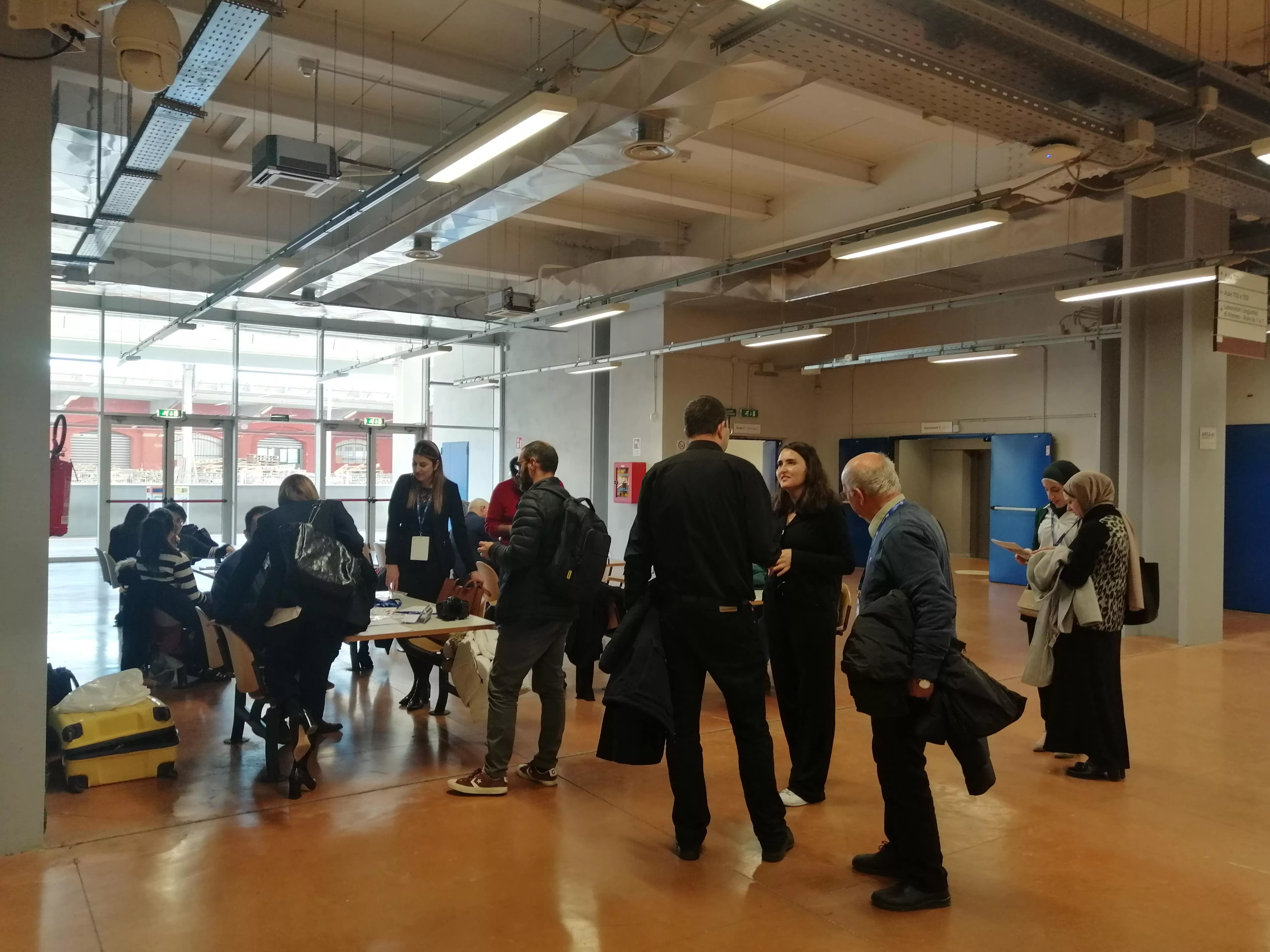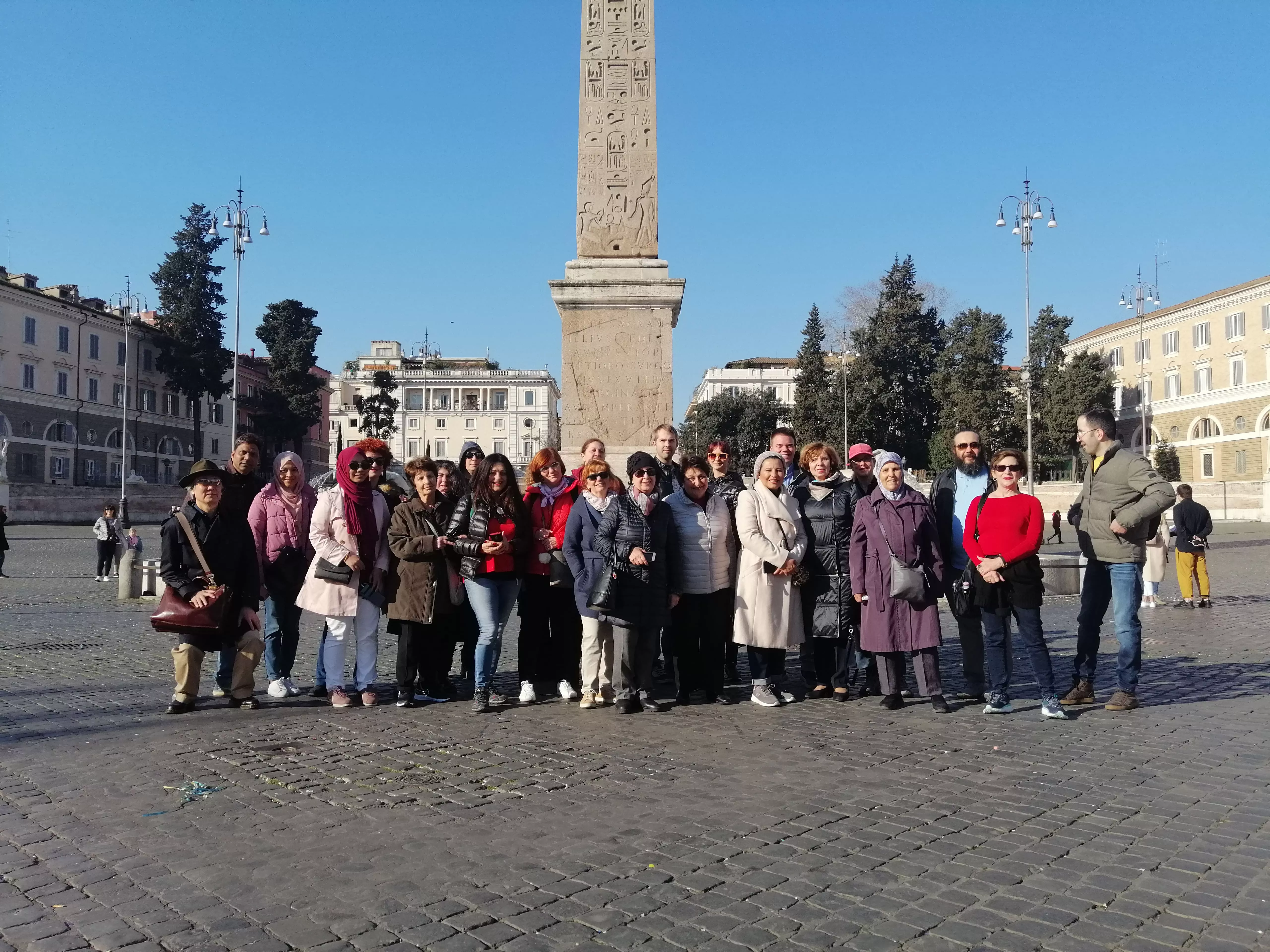3rd International Conference on Research in Education, Teaching and Learning, Rome 2020


The 3rd International Conference on Research in Education, Teaching and Learning, organized by Acavent (which stands for Academic and Event), was held in Rome from 21st to 23rd of February 2020. The venue of the conference was the Sapienza University of Rome, as well as an online platform, which will be discussed below.
The conference itself has a two-year tradition. In 2018 it was organized from 2nd to 4th of November at the Sorbonne University in Paris, France. The 2019 edition of the International Conference on Research in Education, Teaching and Learning took place in the period of 19-21 of April in Paris, France.
Due to the great success of the first two conferences, a third was organized in the eternal city - Rome. The conference brought together speakers from all around the world - from the United Kingdom, Japan, Bulgaria, Lebanon, Latvia, Greece, Malta, Portugal, Turkey, South Korea, Egypt and so on.
The conference was dedicated to one very complex area - education. Education does not have to be institutional. In the modern world, continuous learning is required, which involves the constant improvement of one's own knowledge, skills and abilities in order for an individual to be fully empowered to live in a modern society - a constantly changing, evolving society. It is necessary to note the importance of adult education in such a society. Modern technologies are constantly advancing. Younger generations have encountered them directly since childhood and have no problem following the ongoing changes in technology development. This is not the case with the elderly. Bearing in mind these facts, we conclude that the organizers had a very difficult task to accomplish, which they did thanks to their excellent organization and choice of lecturers/ presenters.
During the various presentations there were talks about the use of modern technology in education, problems in the curricula of different countries, examples of good educational practice at the university, the application of innovative teaching methods, teacher education and problems encountered in practice, the role that adult education has in creating a modern teaching style and many other topics.
We can say that the content of the lectures at the conference covered all important topics within the scope of education, teaching and learning.
The conference itself lasted for three days. On the first day of the conference, participants and all those present had the opportunity to hear extraordinary plenary speeches, after which came the lunch break. The lunch break was followed by the lectures of exhibitors from Slovakia, Japan and the United Kingdom. Of all the above we can single out the lecture of Todd Thorpe, a professor at a reputable University in Osaka, Japan. He exhibited the system of study (faculty education) present at his University, which in itself is very innovative and different. We highlight the activities through which the students use LEGO dice to present themselves to their colleagues, thus performing one form of self-reflection and self-evaluation. LEGO dice are a metaphor for students to explain their strengths, weaknesses, opportunities and threats (all the factors important for their future personal and professional development).

After an inspirational presentation by Sarra Hadjeres, from United Kingdom, about the readability of the text and all the factors that affect it, a coffee break at the University Hall followed.
Subsequently, the presentations were divided into two halls - Hall A and Hall B. Twelve lectures were held at the same time, six of them in each hall. Unfortunately, technology has not advanced to the point of allowing us to be in two places at the same time. If so, it would be much easier for all conference attendees to decide which lecture to attend and which to miss.
From Hall B we would like to highlight the lecture from Paywand Hassan from Iraq, which introduced the method by which students approach science concepts through comics. He had an experimental and control group in his research. One of the examples of teaching units that students were learning about during the study period was the aggregate state of the water. The teacher in the control group used a frontal form of teaching. The students in the experimental group were tasked with presenting these phenomena via comics. In this way, by combining image and text and creating an authentic story in pictures, each of the students was an active creator of their own knowledge. The results of the test that all the students did after processing the units showed that this method is very useful and that students acquire more functional knowledge than in the case of frontal form of teaching.

From Hall A we highlight the lecture by Dr. Eman wefky Ahmer Abodahab from Egypt who introduced the use of the STEM education approach in science teaching as well as its effect on student attitudes towards learning science. The acronym STEM stands for: S – science, T – technology, E – engineering, M - mathematics.
Monthly projects are organized throughout the school year. The students are tasked with thinking about the next question: Which knowledge in mathematics, for example, they need to use to solve the general problem after it is given to them? In this way, students gain knowledge in different fields at the same time as they need it to solve the problem. Knowledge from one subject is correlated with knowledge from other subjects and thus the connection between different fields is seen. All the knowledge that students acquire at school equips them to live in society and to solve the problems they will encounter in real life situations. These problems, given to them in STEM education approach, are exactly in this form. In order to solve them we need knowledge from different fields that we use simultaneously. Knowledge is linked and correlations emerge. It was very inspiring to listen to this lecture and the way the STEM system was incorporated into a certain number of private schools in Egypt.

The participants of the conference had the opportunity to present their works and research through posters glued to the walls of the halls where the lectures were held, as well as in the hall where the coffee break was held. Mostly student papers were presented in this manner. This tells us that this conference encourages, not only recognized professors from different universities, but also young scientists to continue their professional development and to engage in science.
The second day of the conference was planned for a guided tour of Rome. The tour that the conference participants had the opportunity to be a part of is called the Tour of Baroque Rome. It started at Piaza del Popoli and ended at Piaza Navona. During the tour, the conference participants had a chance to see some of Rome's most significant landmarks such as the Pantheon, the Di Trevi Fountain, the Spanish Steps and many more. After a tour and exceptional guidance by a local guide, it was much clearer to everyone why Rome bears the epitome of an eternal city.

The conference was held online on the third day. Namely, all participants of the conference received a link via email, which takes them to an online platform where three presentations were held by presenters from Colombia, Spain and Portugal. This way, exhibitors who were unable to physically attend the conference in Rome were given the opportunity to present their topics to all conference members.
The third International Conference on Research in Education, Teaching and Learning contributed to the development of education. Above all, it brought together people from all over the world and provided an opportunity for all participants to get acquainted with the development of science education around the world, to gain insight into new trends, problems that are emerging, but also ideas about improving the educational situation in their country. We hope that this conference will, in the years to come, bring together the greatest experts from around the world and promising young scientists who will continue to exchange ideas in order to raise the quality of education.




